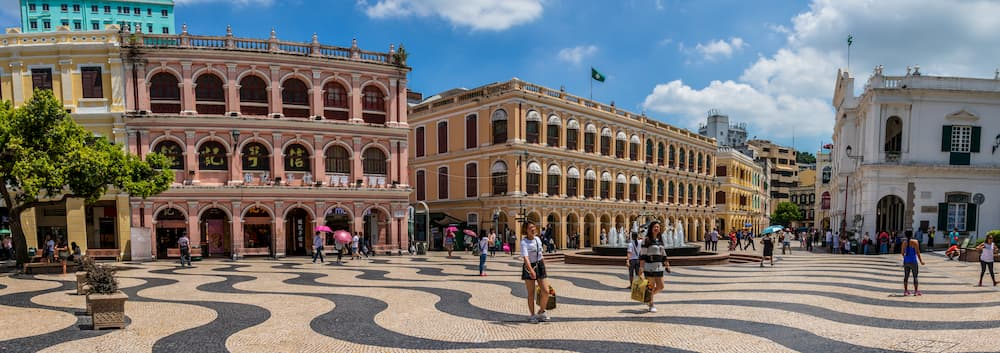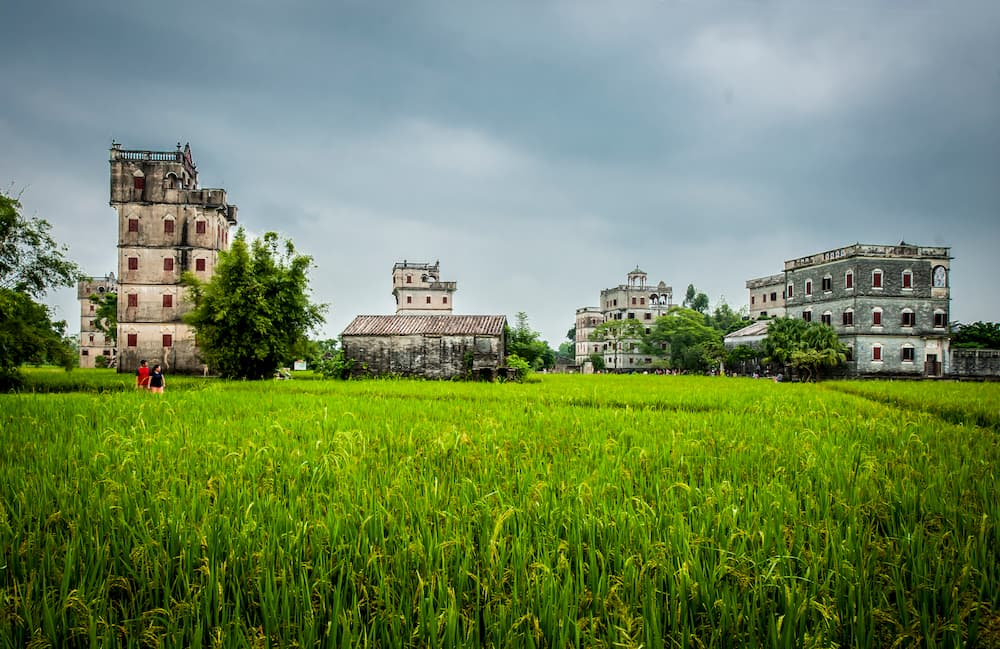
殷墟
Splendid
Chi Culture
Topic
Yin Ruins
Yinxu (Ruins of Yin), also known as “Beimeng” or “Yinyi” in ancient times, is situated in the northwest suburb of Anyang city, Henan province. It straddles both sides of the Huan River, and covers an area of thirty square kilometers, including more than twenty natural villages. This is the earliest place in Chinese history that can be attested to with verifiable documents. Oracle bone inscriptions show that Yinxu was the capital of the late Shang dynasty (ca. 1600–ca. 1100 BCE). As it has important historical, scientific, artistic, and cultural value, it is currently a national cultural relic protection site.
The layout of Yinxu was centered on the palaces and the ancestral temple district of Xiaotun, which lay along both sides of the Huan River. The current site includes not only the palaces and the ancestral temple district, but areas with imperial tombs and group tombs, oracle bone pits, bronze foundries, and jade and bone workshops. The objects excavated from the site reflect the culture of the Shang dynasty and cover a wide variety of materials, including bronzes, pottery, jade, stone, bone, lacquer, leather, and textiles. These objects indicate that the Shang imperial court already had a rich culture more than three thousand years ago. In addition, the distribution of the Yin ruins is the best testament to Shang dynasty culture.
Archaeological work began at Yinxu in 1928. It was the longest archaeological excavation ever conducted, and, in terms of the remains and relics that were unearthed, it was also the richest. It has important significance in the history of Chinese archaeology. Among the discoveries were many late-Shang sites including Xiaotun village, the tomb of Fu Hao (Lady Hao), and Dasikong village. The imperial palaces and the ancestral temple were located at Xiaotun village. It was the political center, just like the Forbidden City of the Ming (1368–1644) and Qing (1644–1911) dynasties. In addition to the palaces and the ancestral temple, several imperial jade-making workshops and tombs were also discovered.
According to scholars, Fu Hao was the spouse of the Shang king Wu Ding. Her coffin pit was a vertical shaft-shaped rectangle—5.6 meters long, 4 meters wide, 7.5 meters deep. There was both an inner and an outer coffin. Along with the deceased, sixteen humans and six dogs were buried alive to accompany her into the afterlife; a large number of funerary objects made of bronze, pottery, stone, bone, teeth, and shell were also buried with her. It is of great significance to study the burial of the Yin ruins.
Several tombs and more than sixty house-foundations were discovered at Dasikong village site. The foundations varied from several square meters to several tens of square meters. Among them, more than fifty were made of rammed earth; these were the most significant discoveries in 2004. Fifteen of them formed a group of buildings; they are of great importance for researching the social life and family patterns of the Shang dynasty.
Scholoars belive that the oracle bone inscriptions unearthed at Yinxu were mainly divination records. Once the divination was made, the questions were recorded on tortoise plastrons (the part of the shell underneath the animal) or animal bones. Although these inscriptions were divinations, they also reflected numerous aspects of the Shang dynasty, including agriculture, animal husbandry, the social system, astronomy, the calendric system, and medicinal development. They are extremely valuable archaeological material for the study of Shang social history.
Yinxu culture had a great and profound influence on the culture of the Western Zhou (ca. 1100–771 BCE) period. For example, the burial systems of the Shang and the Zhou were basically the same. Large tombs had passages leading to the coffin chamber; medium and small tombs had rectangular vertical shafts, and the tomb bottom had a two-tier terrace made of rammed earth; there were pits under the waist of the deceased in which dogs were buried alive. The larger tombs had井shaped outer coffins covered with a painted curtain. During this time, it was common practice to bury humans alive along with the deceased. For large tombs, chariots with live horses were also buried with the deceased. Funerary objects were placed between the inner and outer coffins, or inside the inner coffins. Sacrificial animals (head or leg bones of oxen, pigs, and dogs) were mostly placed on the two-tier terrace facing the head of the deceased. During the Western Zhou period, it was common for clan members to have their tombs grouped together. This indicates that the burial system of the Western Zhou was directly inherited from the Shang dynasty. As for bronze-casting, the bronzes found inside the tombs included ritual vessels, weapons, and tools. Judging from the types, design, decoration, and the inscription of these bronzes, scholars think they were quite similar to those produced during the late Shang period.







